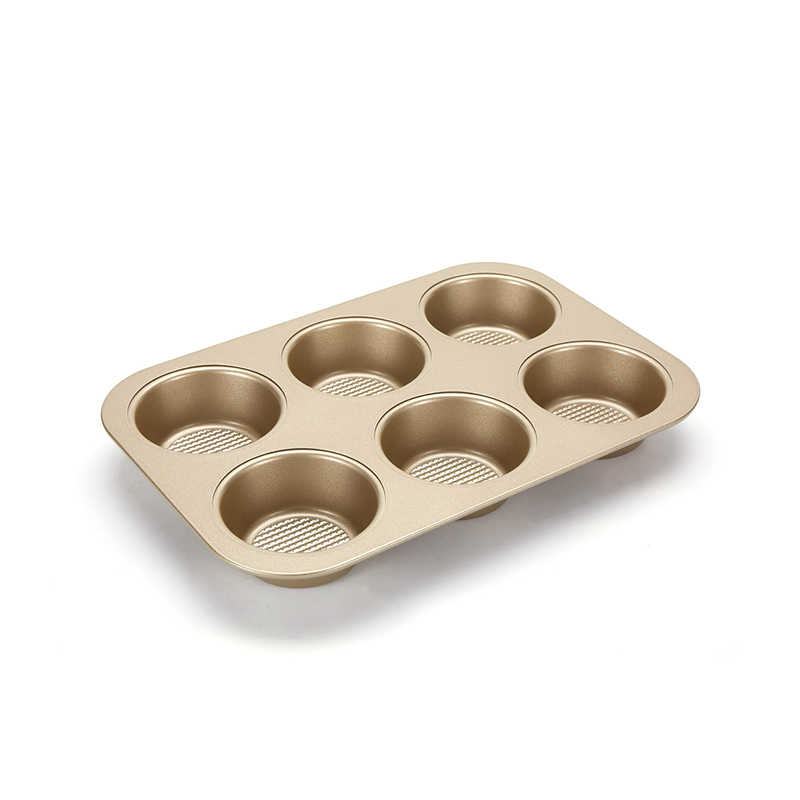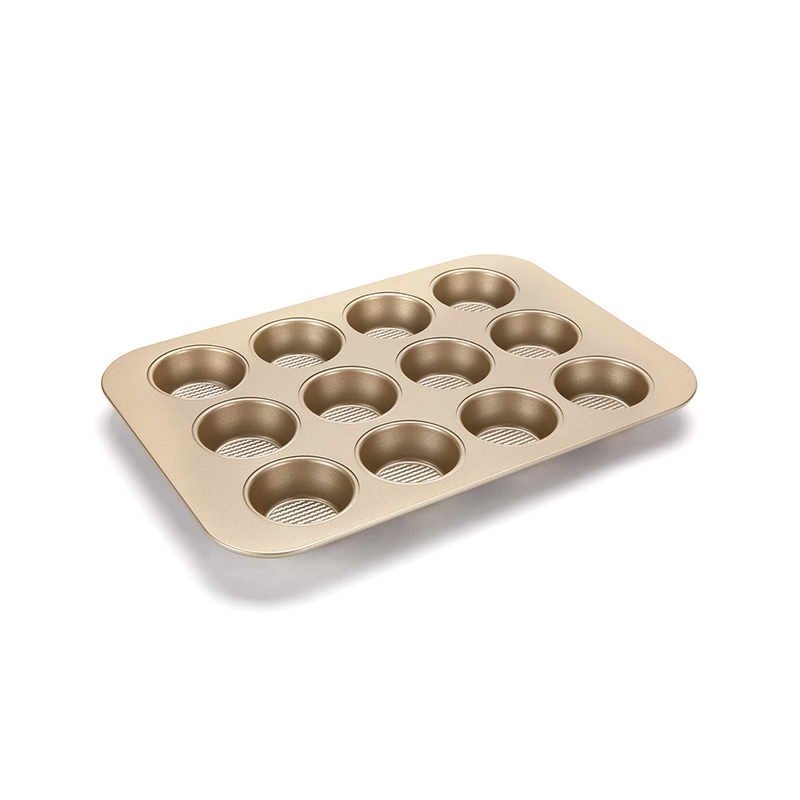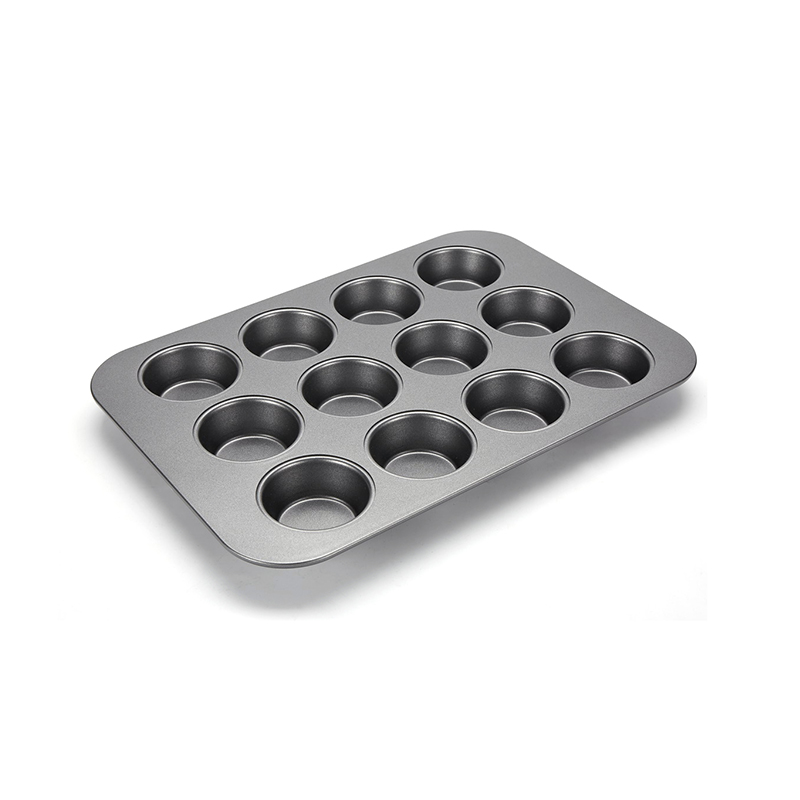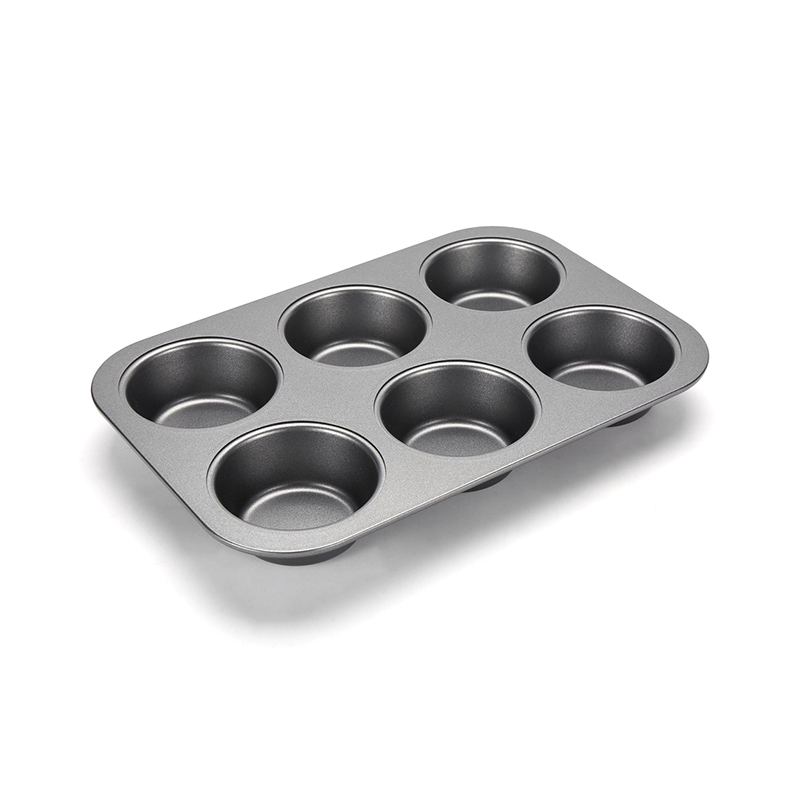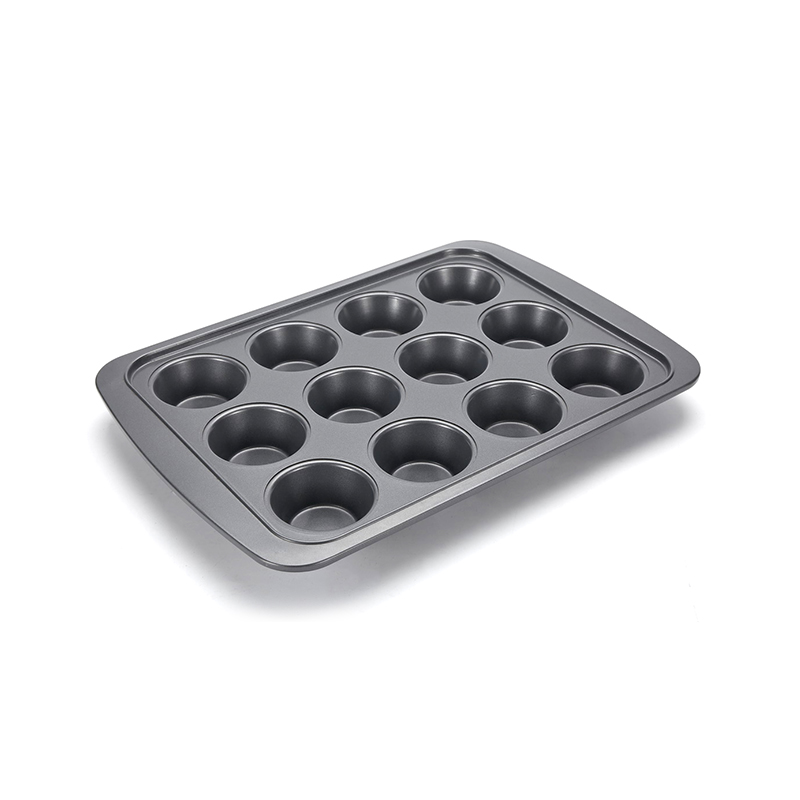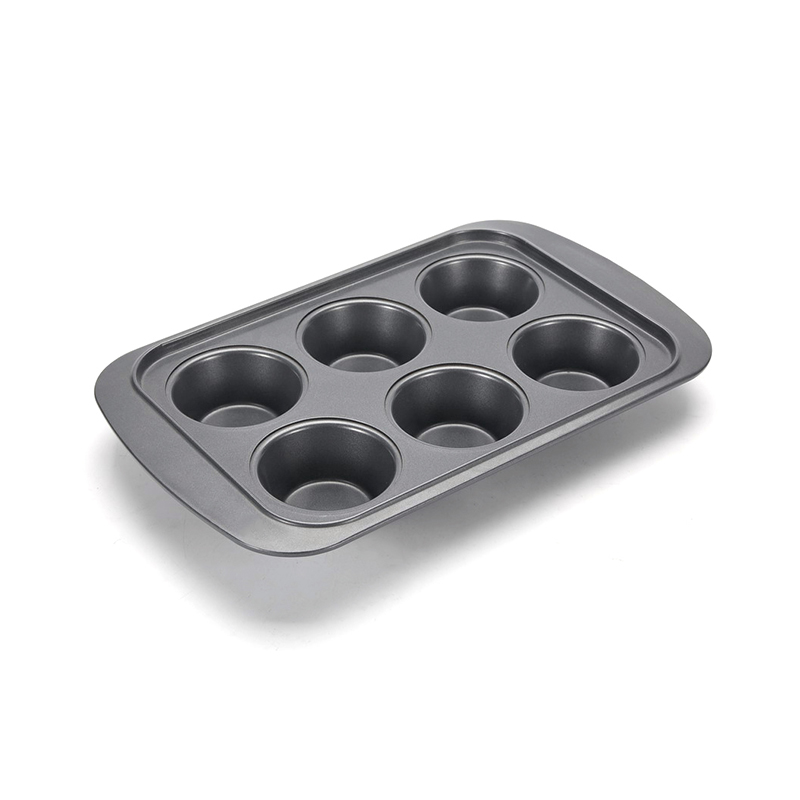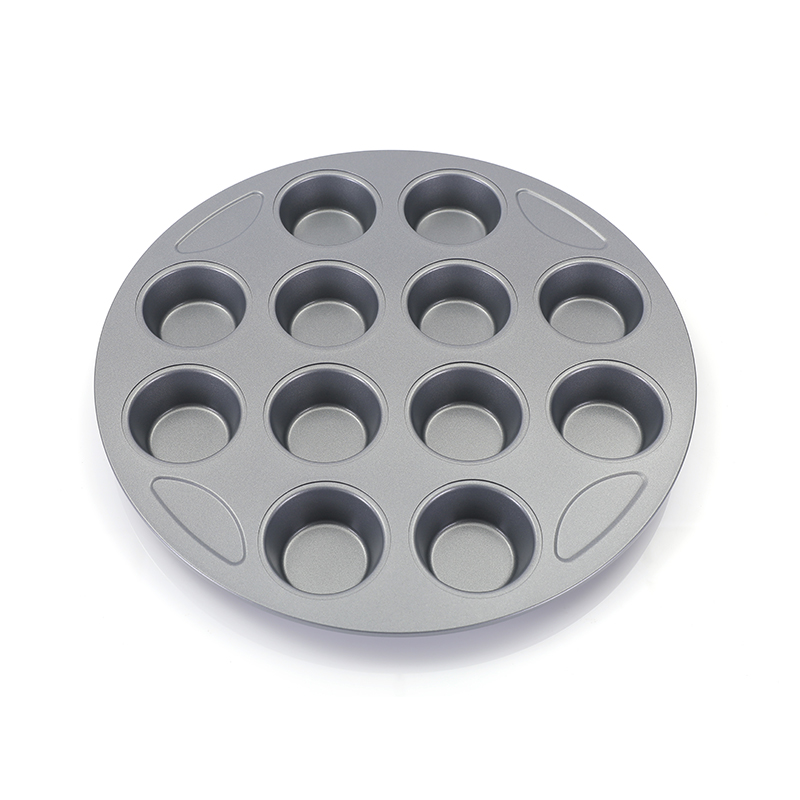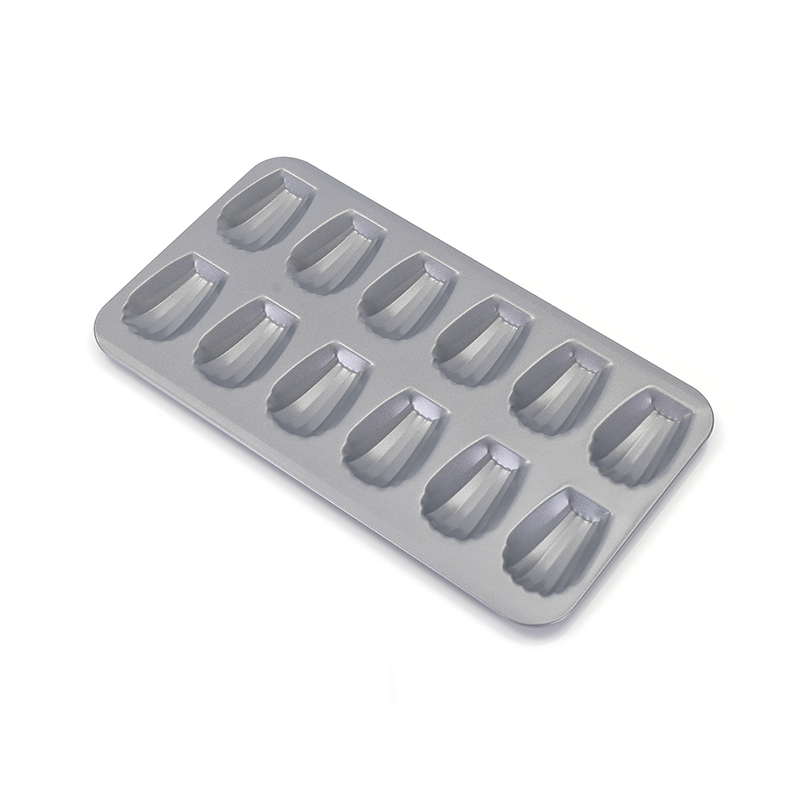When it comes to baking the good cake, the ingredients and the recipe matter, but there's another critical element that's often overlooked: the cake baking dish. Choosing the right baking vessel can mean the difference between a fluffy, evenly-baked cake and a sunken, overcooked disaster. With so many options on the market—ranging from cake baking sheets to deep cake baking pans—understanding which one suits your recipe is essential for every home baker.
step in selecting the ideal cake baking dish is to consider the type of cake you're making. Light, airy cakes like sponge or angel food benefit from tall-sided pans that support rising. On the other hand, thin, flat cakes such as jelly rolls or layered bars work with cake baking sheets, which offer a broader surface and shallower depth. Matching your cake type with the appropriate dish ensures even cooking and a proper final texture.
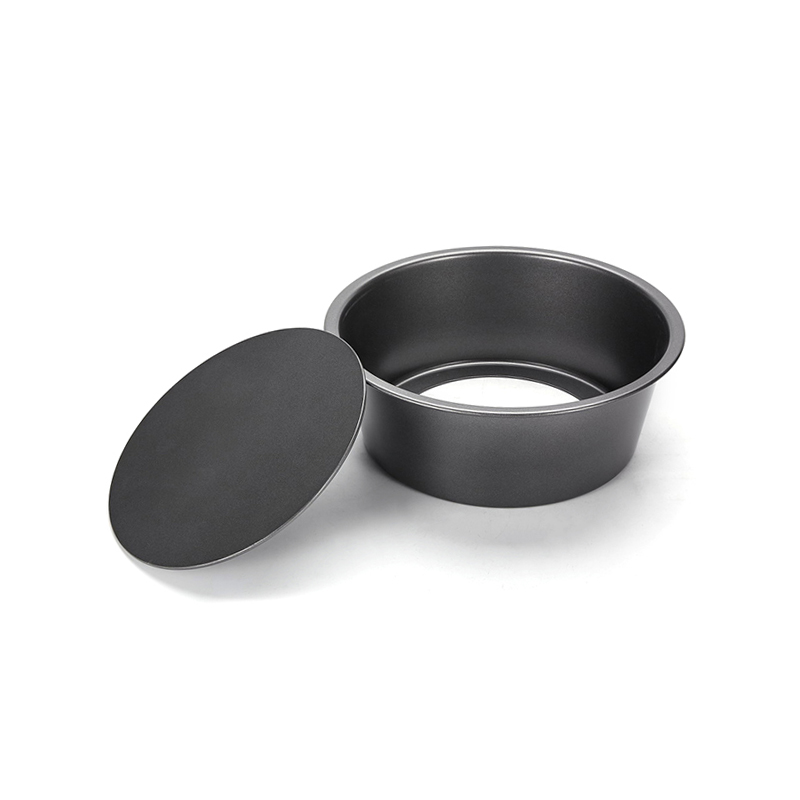
Another important factor to think about is material. A cake baking dish can be made of various materials including glass, ceramic, aluminum, or non-stick metal. Glass and ceramic hold heat well and are ideal for slow, even baking—great for dense cakes like carrot or banana bread. Metal cake baking pans, especially those made from aluminum, are outstanding conductors of heat and help cakes bake quickly and evenly. If your recipe calls for quick rising or has a delicate structure, metal pans are usually the way to go.
Next, let's talk about size. Using the wrong-sized cake baking pan can drastically alter your results. A batter meant for a 9-inch round pan poured into a 13x9-inch cake baking dish will result in a flatter, drier cake because of the increased surface area. Conversely, using a smaller pan than recommended can cause undercooked centers and overflowing batter. Always check your recipe for pan dimensions, and when in doubt, measure the volume of your cake baking pan using water to ensure you're using the correct size.
Shape also plays a key role. Round pans are ideal for layered cakes, while square and rectangular dishes are versatile for everything from sheet cakes to brownies. If your recipe specifies cake baking sheets, it's likely designed for thin, easily rollable cakes. These sheets provide the necessary flatness and width for tasks like Swiss rolls or large bar-style desserts.
Don't forget about the importance of non-stick surfaces. While traditional cake baking dishes require greasing and flouring, modern non-stick cake baking pans reduce prep time and make release easier. However, non-stick coatings can wear over time, so it's important to handle them with care and avoid metal utensils that can scratch the surface.
Baking temperature and cooking time can also be affected by your choice of cake baking dish. Glass dishes often require a slightly lower oven temperature since they retain heat longer, while metal cake baking sheets and pans respond quickly to temperature changes. If you substitute one for the other, be prepared to adjust your baking time accordingly.
Think about quantity and batch size. If you're baking for a crowd, cake baking sheets are good for large batches. If you're making a small birthday cake, a single cake baking pan will do. Having a variety of pans on hand allows for more flexibility and ensures you're always prepared for different recipes.
Choosing the right cake baking dish is a crucial step that should never be an afterthought. By considering the type of cake, the size and shape of your pan, the material it's made from, and whether your recipe calls for cake baking sheets or a deeper cake baking pan, you'll be able to execute your recipe to goodion. With the right tools in your kitchen, every cake can be a masterpiece.




 English
English  Deutsch
Deutsch  Español
Español 